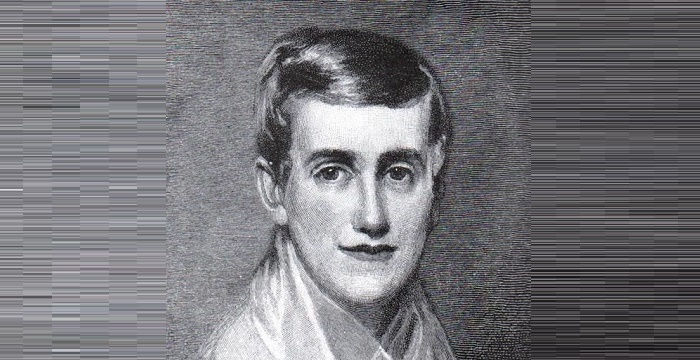Prudence Crandall was an American teacher who started one of the first schools for African-American girls. She was one of the first people to speak out against the cruel slavery of African Americans by white people in the United States. She was born into a Quaker family and went to a boarding school for her education. Later, she opened her own school for girls and taught there peacefully until she let in an African-American girl. When she said she wanted everyone to go to the same school, the white people were very angry and against her. She decided to run a school for only African-American girls as a response, which led to a legal battle with the state of Connecticut. She was found not guilty in the end, but she had to close her school because people were acting violently toward her and her students. She fought for a good cause her whole life, and many abolitionists from all over the world admired her courage and refusal to give up. Her fight against all odds showed how strong she was as a person and how strong her will was. She worked hard to make a society where race and class wouldn’t be used to judge people, and she became a role model for people all over the world.
Childhood and Adolescence
She was born on September 3, 1803, in Hopkinton, Rhode Island, to Quaker parents Pardon Crandall and Esther Crandall. She had three siblings: Hezekiah Crandall, her older brother, Reuben Crandall, and Almira Crandall, her younger sister.
When she was 17, her family relocated to Canterbury, Connecticut. At the New England Friends Boarding School in Providence, Rhode Island, she acquired an education in arithmetic, Latin, and sciences.
Prudence Crandall’s Career
She completed her degree by teaching at a girls’ school in Plainfield, Connecticut. She and her sister bought a newly established school in Canterbury, Canterbury Female Boarding School, in 1831 and began teaching there. It was recognized as one of the best academies for female education in the state.
Sarah Harris, the daughter of an African American farmer, was admitted to her school in 1832. Sarah aspired to be a teacher and educate the community’s African American youth.
Her decision to admit a black girl was met with opposition and outbursts from the school’s white girls’ parents. They protested and put pressure on her to dismiss Sarah, but she refused to comply with their unfair demand. As a result, white parents pulled their daughters out of school, citing her decision as a reason.
She then chose to concentrate completely on the education of African-American girls and began accepting their applications. Miss Crandall’s School for Young Ladies and Little Misses of Color reopened in 1833 under the new name.
This decision inflamed local residents, who used threats and acts of violence to force the school to close. The public reacted negatively to her and her students, making unpleasant comments and refusing to give products and services to them.
Some abolitionists complimented her for her efforts and ideals, but this was not enough to win support for her cause, since she encountered hostility from locals and the state. The ‘Black Law,’ enacted by the Connecticut legislature, prohibited such a school unless it got the authorization of the town, and she was jailed.
She faced the trial with the help of Arthur Tappan, a notable abolitionist who contributed funds to employ the best defense lawyers for her. The Supreme Court found her guilty at first, but when the case proceeded to the Supreme Court of Errors, it overturned the decision and dismissed the case due to a lack of evidence.
Despite the fact that the law permitted her to manage the school, the inhabitants of the town were outraged by the decision. They regularly harassed her students with violent behaviors and derogatory remarks. She was forced to close the school even after winning the legal battle to safeguard the safety of her students. On September 10, 1834, the school was closed.
His Major Projects
She was an outspoken abolitionist who tried everything she could to end slavery. Despite all of the opposition and abuse she received, she endeavored to educate as many girls as she could in a range of disciplines, including English grammar, geography, history, chemistry, astronomy, and many others.
She continued to support women’s rights after her marriage, giving speeches in support of the suffrage campaign and tolerance.
Achievements and Awards
The Connecticut General Assembly designated her as the state’s official “State Heroine” in 1995.
Personal History and Legacy
Just before the school was shut down owing to violent demonstrations by local inhabitants, she married Rev. Calvin Philleo, a Baptist pastor and fellow abolitionist. Her husband’s first marriage resulted in three children.
Philleo passed away in 1874. Since the 1840s, he had been suffering from mental problems.
In 1877, she relocated to Elk Falls, Kansas, to live with her eldest brother after her husband died. She died of illness on January 28, 1890, and was interred in the Elk Falls Cemetery.
The Connecticut legislature awarded her a $400 monthly pension a few years before her death in appreciation of her contributions to society.
Her Canterbury school was remodeled and is now the Prudence Crandall Museum, and the Prudence Crandall House was designated as a ‘National Historic Landmark’ in 1991.
Estimated Net worth
Unknown.

